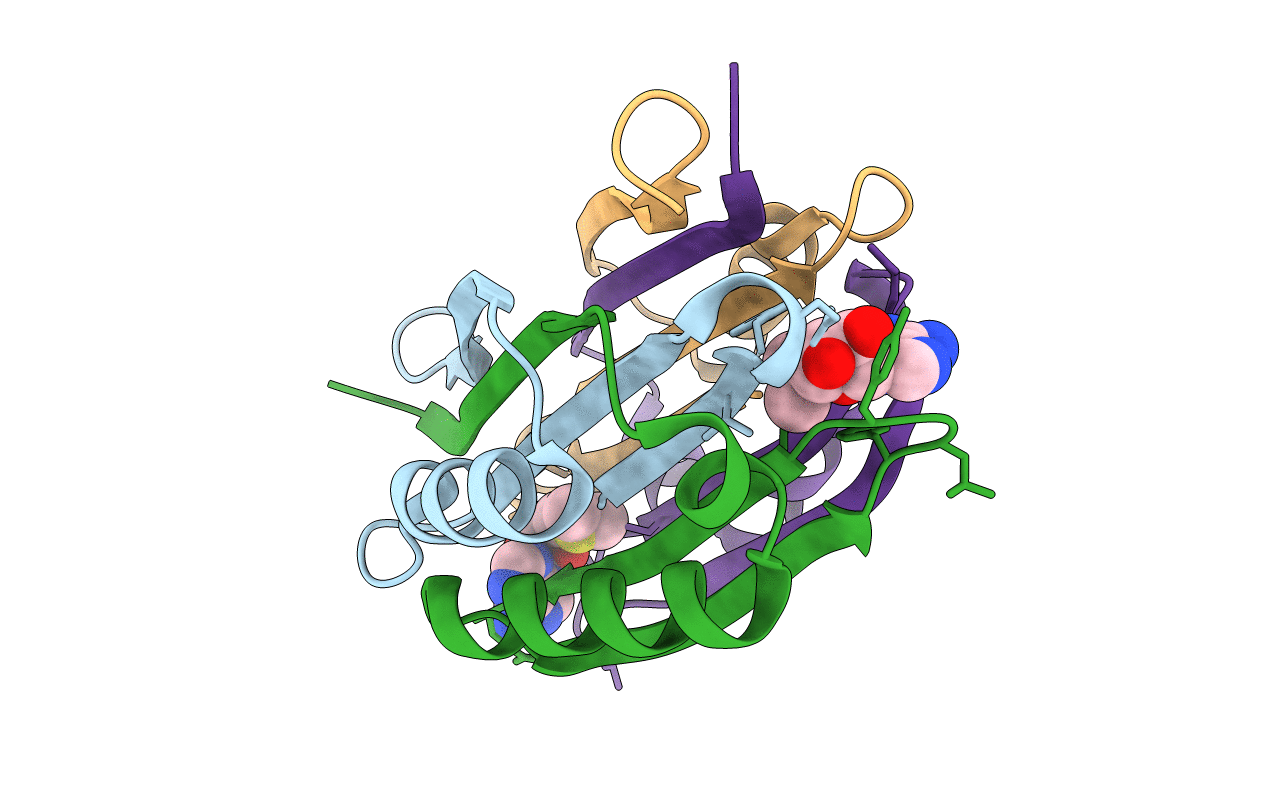
Deposition Date
2009-09-02
Release Date
2010-02-09
Last Version Date
2024-10-16
Entry Detail
PDB ID:
3IWD
Keywords:
Title:
T. maritima AdoMetDC complex with 5'-Deoxy-5'-dimethyl thioadenosine
Biological Source:
Source Organism:
Thermotoga maritima (Taxon ID: 2336)
Host Organism:
Method Details:
Experimental Method:
Resolution:
1.90 Å
R-Value Free:
0.28
R-Value Work:
0.24
R-Value Observed:
0.24
Space Group:
H 3


